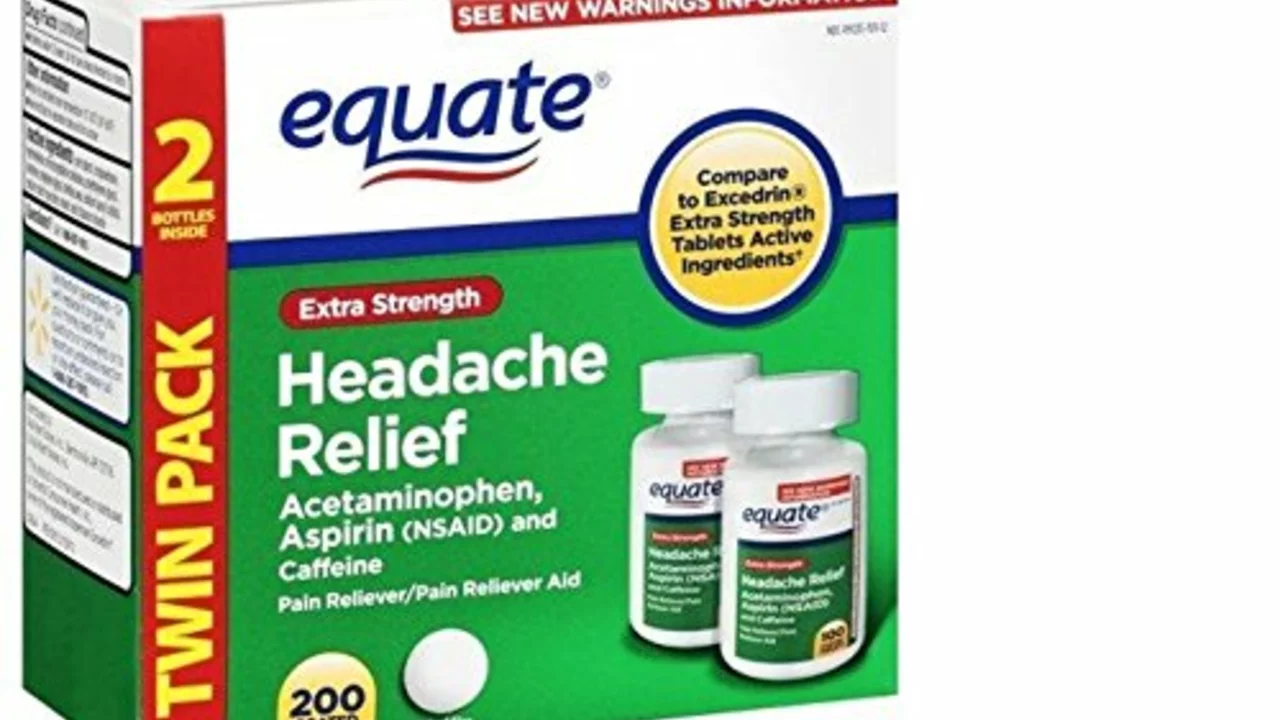Acetaminophen: how to use it safely and avoid mistakes
Acetaminophen is one of the most common pain and fever medicines around. You’ll find it in standalone tablets and in lots of cold, flu, and prescription combos. That makes it handy — and risky. People accidentally stack products and exceed safe doses. This guide gives clear doses, safety tips, and what to watch for so you can use it without surprises.
How to take acetaminophen safely
For most adults: a typical single dose is 500–1,000 mg every 4–6 hours as needed. Don’t exceed 3,000 mg in 24 hours unless your doctor says otherwise. Some older guidelines allowed up to 4,000 mg, but many health groups now recommend 3,000 mg as the safer daily cap.
For children: dosing is based on weight. A common range is 10–15 mg per kg of body weight every 4–6 hours, with a maximum of 4 doses per day. Use the dropper or dosing cup that comes with the product — kitchen teaspoons are unreliable.
Important: always read labels. Many cold and flu products contain acetaminophen under different brand names. If you take a pain tablet plus a cold syrup, you could easily double up without realizing it.
Interactions, risks, and common mistakes
Alcohol and liver disease raise the risk of liver damage from acetaminophen. If you drink regularly or have liver problems, talk to your doctor before taking any acetaminophen. Certain meds like warfarin can interact when acetaminophen is used long-term — occasional short-term use is usually fine, but check with your provider if you’re on blood thinners.
Watch for these signs of overdose: nausea, vomiting, stomach pain, loss of appetite, and later jaundice (yellowing of skin or eyes). Symptoms can be delayed for 24–48 hours. If you suspect an overdose, seek emergency help immediately — early treatment makes a big difference.
Other common mistakes: mixing adult and children’s formulations, doubling doses after a missed one, or using multiple combination products at once. Keep medicines in their original packaging so you can check ingredients quickly.
If pain or fever needs ongoing treatment, don’t keep increasing the dose. Talk to a doctor about safer long-term options or whether an NSAID (like ibuprofen) might be a better fit — NSAIDs help inflammation but can irritate the stomach and affect blood pressure.
Final quick checklist: track total daily milligrams, avoid alcohol while taking it, use precise dosing tools for kids, and ask a clinician if you have liver disease or take other meds. Acetaminophen is effective and convenient when used correctly — but small lapses add up fast, so stay alert and read labels every time.

